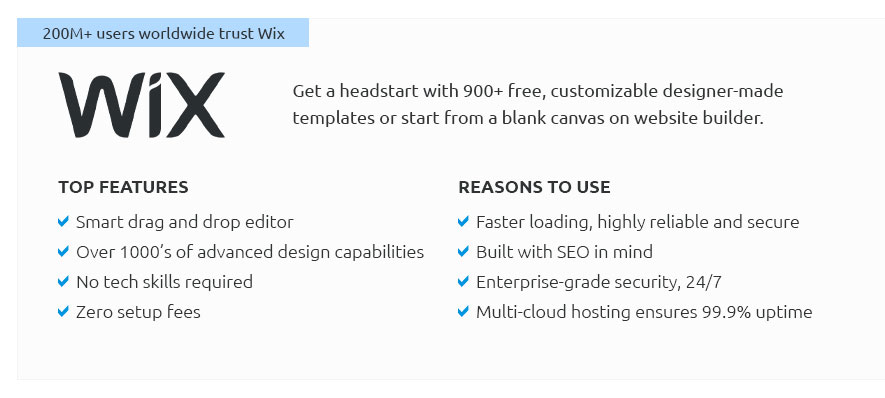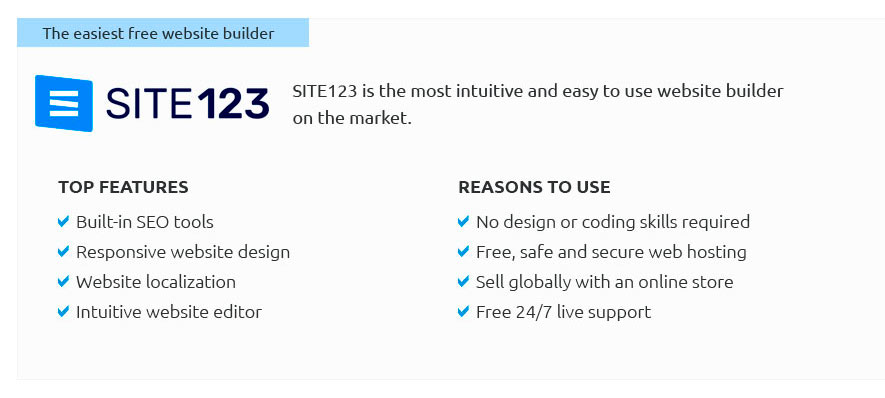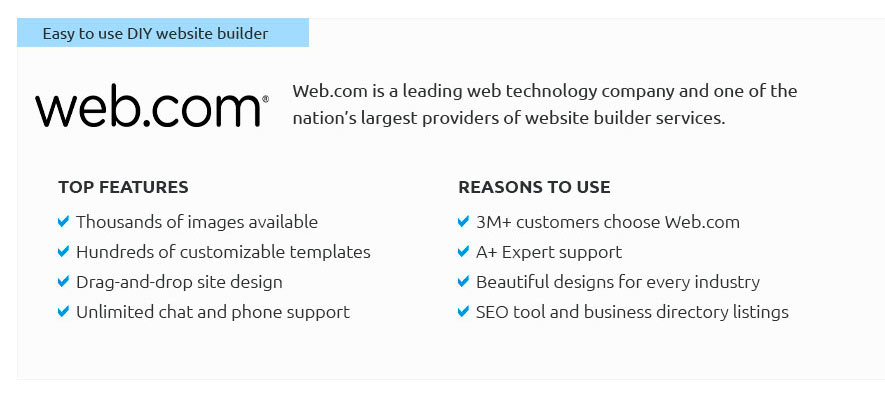 |
 |
 |
 |
|
 |
 |
 |
|
 |
|
 |
 |
|
 |
|
 |
|
 |
 |
Building an E-commerce Website: Common Mistakes to AvoidThe digital marketplace is bustling, and the allure of creating an e-commerce website is more compelling than ever. However, amidst the excitement, many aspiring entrepreneurs find themselves tripping over common pitfalls that could easily be sidestepped with a bit of foresight and strategic planning. In this discourse, we shall delve into the intricacies of e-commerce website development, shedding light on the errors frequently encountered and offering insights to circumvent them. First and foremost, one of the most prevalent mistakes is neglecting the importance of a robust user experience (UX). Too often, website creators focus extensively on aesthetics at the expense of functionality. While a visually appealing site can captivate at first glance, a poorly structured navigation system or a cumbersome checkout process can quickly deter potential customers. Ensuring a seamless UX involves intuitive design, fast loading times, and a mobile-friendly interface-elements that are non-negotiable in today’s fast-paced digital world. Furthermore, the significance of SEO optimization cannot be overstated. A beautifully designed website serves little purpose if it remains invisible to search engines. Many newcomers overlook the power of effective SEO strategies, such as keyword research, meta tag optimization, and quality content creation. These elements collectively enhance a site's visibility, drawing organic traffic and, ultimately, increasing sales. Another critical mistake is the underestimation of security measures. In an era where cyber threats are rampant, safeguarding customer data should be paramount. Implementing SSL certificates, ensuring secure payment gateways, and maintaining regular security audits are vital practices that build trust and credibility among consumers. Additionally, many entrepreneurs fail to prioritize scalability. It is essential to choose platforms and technologies that can grow with your business. Opting for a platform with limited capabilities might suffice initially, but it could stifle growth and necessitate costly migrations later. Investing in scalable solutions from the outset can save time and resources in the long run.
In conclusion, while building an e-commerce website is an exciting venture, it requires careful planning and strategic execution. By avoiding these common mistakes and prioritizing user experience, SEO, security, scalability, and customer engagement, you can create a thriving online marketplace that stands the test of time. Remember, in the world of e-commerce, staying ahead means continuously adapting and evolving in response to market trends and consumer demands. https://www.shopify.com/blog/best-ecommerce-sites
Can I build an ecommerce website on my own? Ecommerce website platforms like Shopify make it easy for business owners to build a beautiful ... https://www.reddit.com/r/learnjava/comments/lk3kes/what_is_the_best_way_to_build_an_ecommerce_website/
I am working on creating an e-commerce website that sells toys. I am not particularly skilled in working with web applications and so need your guidance. https://review.firstround.com/what-i-learned-the-hard-way-building-an-e-commerce-site/
1) Don't force your users to create an account before they can buy. - 2) Avoid gimmicks to extract customer information. - 3) Make your checkout experience fool- ...
|